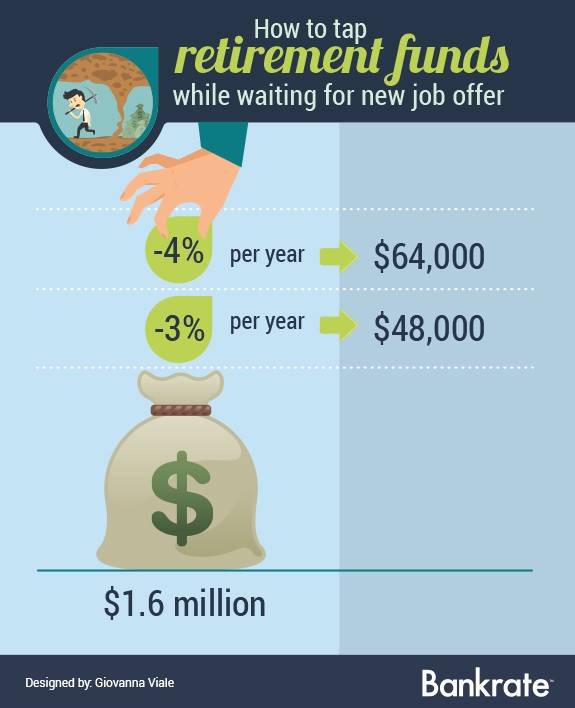Time to Leave Your Money Market Fund
Post on: 30 Июнь, 2015 No Comment

JackHough
Short-term savings yields won’t make anyone rich these days. But investors can pick up some extra cash — and get a little added safety — by switching from money-market funds offered by investment companies to money-market accounts held at banks.
There are some trade-offs, however, and the maneuver won’t make sense for everyone.
More From Jack Hough
Money market can refer to two entirely different financial products. One is a mutual fund that invests in safe, short-term securities and passes the income along to investors. The other is a bank account where the rate is set by the lender. Both offer safety and easy access.
The average money-market fund yields just 0.06% as of Wednesday, according to president of Crane Data, which tracks the funds.
At banks, the average money-market account yield is also meager: 0.15% as of Monday, according to the Federal Deposit Insurance Corp. (Savings and interest checking accounts averaged 0.10% and 0.07%, respectively.)
But the extremes are much more telling. For money funds available to retail investors, yields top out at around 0.12%, offered on the FSLXX, +0.00% according to Mr. Crane. The fund has a $2,500 minimum and doesn’t allow investors to write checks against their holdings.
For bank money-market accounts, yields go up to the 0.90% offered by Sallie Mae Bank, according to tracking site Bankrate.com. The account has limited checking and no minimum initial investment.
At least nine banks paid more than 0.75% on money-market accounts as of Friday, some with very low or no minimum-deposit requirements. A few have fees but waive them for larger deposits; Jacksonville, Fla.-based EverBank, which pays 0.76%, charges $8.95 a month, but nothing for accounts over $5,000.
There are similarly high rates on standard savings accounts, which generally don’t offer the checking privileges that some money-market accounts provide. Some certificates of deposit offer higher rates, too, but they require savers to lock up their money for months or years, and they impose early withdrawal penalties.
Why is the difference between money funds and money-market accounts so vast? New restrictions on what money funds can buy have put managers in a smaller box and made yields more similar, says chief investment officer at Federated Funds, one of the largest money-fund companies.
A big money fund called Reserve Primary broke the buck after the 2008 collapse of Lehman Brothers, meaning its share price slipped below the $1 a share that such funds seek to maintain. A judge ordered the fund to liquidate and investors got back about 99% of their money.
Such losses have been rare, and new rules that took effect in 2010 have made money funds as safe as they have ever been, say director of the fund research group at Standard & Poor’s, and head of the fund group at Fitch Ratings. The Securities and Exchange Commission announced a plan this week that could make funds even safer, but fund-industry executives say it could squeeze yields even more.
Bank money-market accounts have some big advantages. While money funds pay a market rate based on securities yields, banks can pay artificial rates based on funding needs and competitive factors, says managing director at JP Morgan Asset Management, the largest U.S. money-fund manager.
In the past, some banks have offered significantly higher yields because they were in trouble and needed to attract deposits. But Sallie Mae Bank, which offers the highest rate now, gets Bankrate.com’s top score of five stars for capitalization, asset quality, earnings and liquidity.
To prevent banks from offering unreasonably high yields, the FDIC since 2009 has published rate caps for a variety of bank accounts and products, including money-market accounts. The caps apply only to banks that aren’t well capitalized, but all banks seem to be sticking to them. The current cap for money-market accounts matches the highest offered rate: 0.90%.
Another advantage: While money funds are generally safe, all bank money-market accounts are guaranteed by the FDIC for up to $250,000 per account holder, per bank.
Wealthier investors looking for more FDIC protection than $250,000 can spread their money around several banks, or simply use different account types at the same bank, because these are considered different holders. For example, an investor can get $250,000 of coverage on a savings account, plus another $250,000 on his individual retirement account, plus another $500,000 on a joint account with a spouse.
There are downsides to money-market accounts. The biggest: Banks can offer high rates initially but drop them later. As long as they disclose that they might do that, it’s fine, says an FDIC spokesman.
Another consideration for money-market accounts: Federal regulations limit withdrawals to six per month. Banks use high fees or even account closures to discourage those who exceed the limit.
Online banks often have the best rates. During the fourth quarter of 2011 (when bank rates were a touch higher than now), online banks paid an average of 0.66% on their money market accounts, versus 0.21% for traditional banks, according to MoneyRates.com research. A spokeswoman for Ally Bank, which pays 0.84% on a money-market account with no minimum deposit, said its higher yields are a function of its low cost structure.
Rate shoppers might want to begin their search at www.fdic.gov/regulations/resources/rates. where current caps will give them a sense of their potential gain, before heading to rate-tracking sites.
With inflation clocking in at 3% over the past year, yields of 0.9% are no cause for jubilation. But money is money, and savers who can get more of it without added risk or much effort probably should.
Jack Hough is a columnist at SmartMoney.com. Email: jack.hough@dowjones.com














